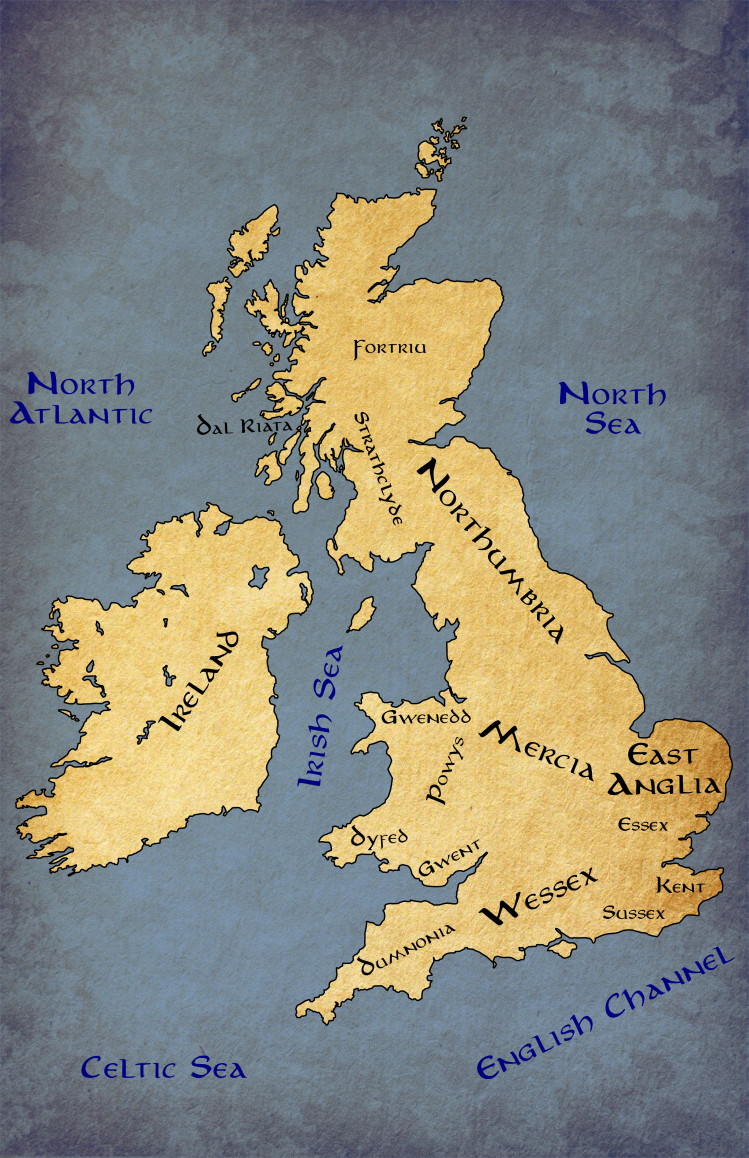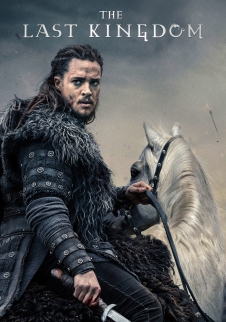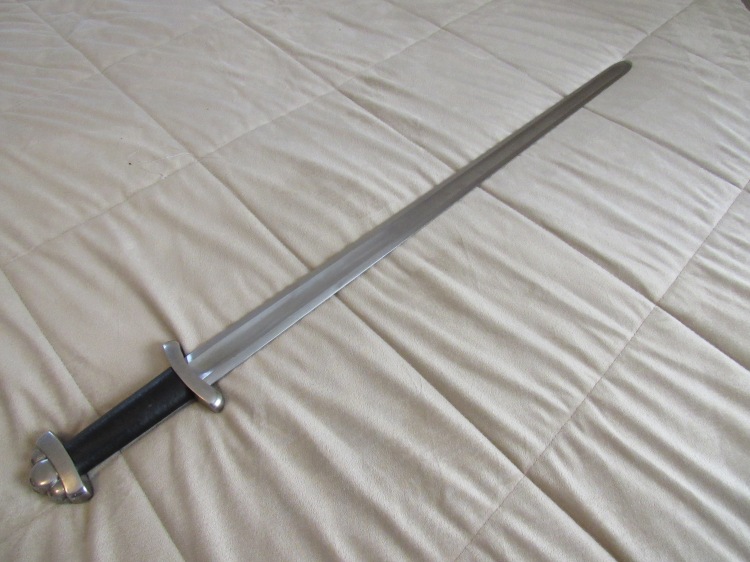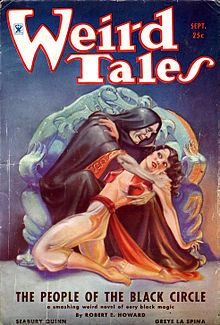 When I wrote my first self-published short story, The Hound of the North, I wrote it in a conscious imitation of the Conan stories of Robert E. Howard. In it I imagined the real-life King of Norway, Harald Hardrada, as a Conan-like figure fighting against dark supernatural forces with only his imposing physical strength and indomitable will. This idea struck me earlier this year while I was reading through Snorri Sturluson’s Saga of Harald Sigurdsson, the saga that outlines the life of Harald Hardrada.
When I wrote my first self-published short story, The Hound of the North, I wrote it in a conscious imitation of the Conan stories of Robert E. Howard. In it I imagined the real-life King of Norway, Harald Hardrada, as a Conan-like figure fighting against dark supernatural forces with only his imposing physical strength and indomitable will. This idea struck me earlier this year while I was reading through Snorri Sturluson’s Saga of Harald Sigurdsson, the saga that outlines the life of Harald Hardrada.
In it I was struck by how much Harald resembled Howard’s fictional Conan. Both are physically impressive specimens. Both are sons of barbarian cultures from the north, Harald being a fearsome Viking and Conan being a blood thirsty Cimmerian. Both embarked upon a life of adventure and raiding, with Harald having served in the guard of Yaroslav of the Kievan Rus, the Varangian Guard of Byzantium, and being crowned King of Norway, while Conan has been ‘a mercenary, soldier, a corsair, a kozak, and a hundred other things,’ including finally being crowned King of Aquilonia.
Now that I am finally starting my second project with Harald Hardrada as its main character, I thought it necessary to revisit the Conan tales of Robert E. Howard. Today I picked up and read my favorite Conan story, The People of the Black Circle. Whereas The Hound of the North was a general homage to the sword and sorcery legacy of Conan, my next tale is going to be a direct homage to this specific yarn.
I love this story for many reasons, the characters, the setting, the plot, the sense of the strangeness and incomprehensibility of magic. These will all be things the I will try to emulate in my next yarn.
The Conan tales take place in the mythical Hyborean Age, a previous age of the Earth that was destroyed without leaving any relicts of its existence. The Hyborean Age is, in effect, a fictionalized Earth with cultures similar to those that have existed at various times and places in our history. Most of the time, these cultures have names that leave little guess as to what they are supposed to represent in our history.
The People of the Black Circle takes place in the wilds of the Himelian Mountains. There Conan has risen to being a warlord of the Afghulis. When Yasmina, the Queen of the Vendhyan Empire, wishes to enlist Conan’s help in exacting revenge on a circle of wizards that makes their home in these mountains, a raucous adventure ensues. Conan ends up abducting the Queen, riding through the mountainous terrain on horseback while evading various hostile tribes, making makeshift alliances with these hostile tribes, assaulting the tower of evil wizards, and the tale ending with a massive battle between the forces of Vendhya and their rival empire.
There are a few things about this tale which I want to specifically work into my next story.
Wild terrain and hostile tribes. I think this is what I loved most about this story. I loved imaging Conan riding through the mountainous terrain while being assaulted on every side by barbarous tribes. I loved, even more, that Conan had to constantly deal with these tribes, at times killing them and at other times working out alliances of convenience with them.
Strange magic and a hostile stronghold of magicians. One thing that I love about Conan stories is how weird the magic is. The magic is not meant to be comprehended by the reader or by Conan, it is meant to just be accepted. Those who try to understand the magic are ultimately corrupted by it. Conan may receive help from magical beings and magical items, but he mainly defeats it through his physical strength and mental will. I loved Conan’s assault on the tower on Yimsha.
Conan fighting for a woman. I am an old romantic at heart and I loved that Conan’s main motivation in this tale was ultimately free Yasmina from the clutches of the People of the Black Circle. He may not have the most romantic of notions, but, in the end, he was fighting not for wealth, but for the liberty of a woman he lusted after.
A big climatic battle at the end. The tale does not end with the destruction of the People of the Black Circle, but with a massive cavalry battle between the forces of Vendhya, their Afghuli allies, and the rivals of the Vendhyan Empire. I love these type of set pieces and this will be how I want to end my next tale.
Later this week I will go over how I plan to incorporate these themes into the life of Harald Hardrada, King of Norway.
 You are sitting at home, ready to relax and read a good book. However, before you sit down and crack open the pages, you think to yourself that it would be fun to look at your Twitter feed one last time. So you take out your phone, open up the Twitter app and scroll through your feed. You read through the tweets that interest you, maybe get a little outraged at some news event or another, then close the app.
You are sitting at home, ready to relax and read a good book. However, before you sit down and crack open the pages, you think to yourself that it would be fun to look at your Twitter feed one last time. So you take out your phone, open up the Twitter app and scroll through your feed. You read through the tweets that interest you, maybe get a little outraged at some news event or another, then close the app.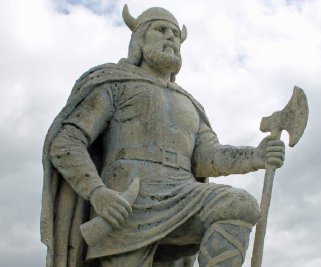
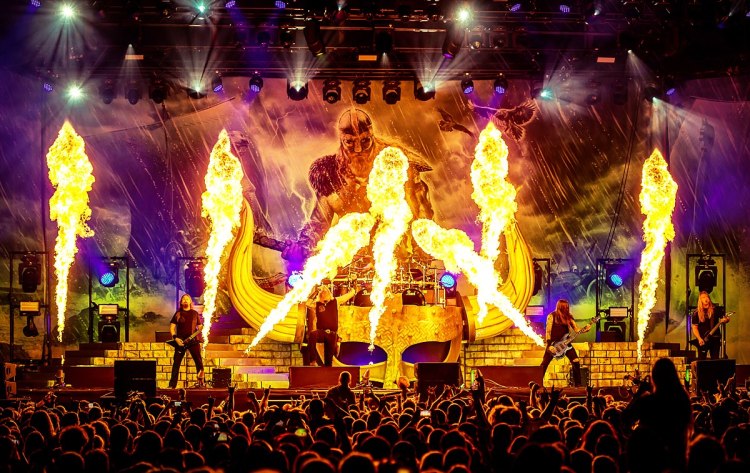
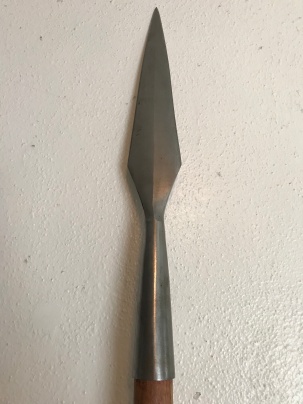 This week’s words (we’ve missed a few weeks because I’ve been lazy), are three different words for one of the most common weapons of the Viking Age, the spear.
This week’s words (we’ve missed a few weeks because I’ve been lazy), are three different words for one of the most common weapons of the Viking Age, the spear.